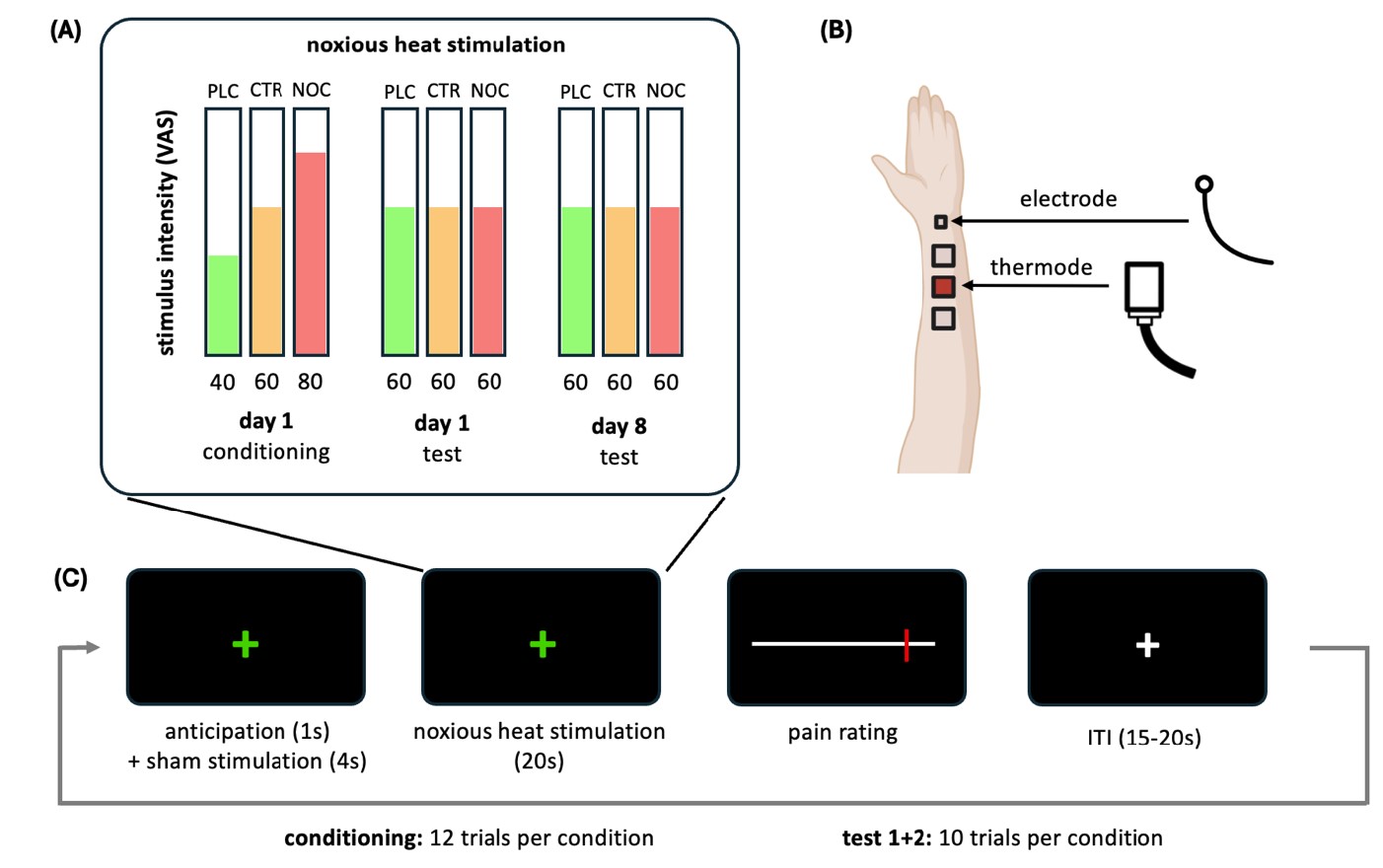The nocebo effect appears to work more strongly and more persistently than the placebo effect when it comes to pain, a new study has found. In other words, having negative expectations going into a painful experience means it will probably be worse than it would otherwise have been. This effect is more prominent than the opposite case, where having positive expectations relieves some of the pain.
What are the placebo and nocebo effects?
The placebo effect, and its opposite number the nocebo effect, illustrates starkly the power of the mind in shaping our real-life experiences. In very simplified terms, a placebo effect is when you expect a treatment to work, so it does. A nocebo effect is when you expect it not to work, so it doesn’t, or you expect to get unpleasant side effects, so you do.
Previous experimental and clinical work has shown that nocebo effects […] can impair the efficacy of drugs and other medical treatments and increase side effects.
Dr Ulrike Bingel
It’s been demonstrated in scientific studies that the placebo effect can actually help people feel better, even if the treatment they’re being given can’t actively be doing anything to help their condition. We’re not saying a sugar pill is going to cure a serious disease, but it might temporarily help symptoms like pain.
Incredibly, this even works when you know it’s a placebo, as long as you understand the theory behind the placebo effect – it’s not always about smoke and mirrors.
Use of physical placebos in medical practice is not without its controversies, with question marks around consent and the risks associated with prescribing interventions that might not strictly be medically necessary.
But medical practitioners should also be aware of the words they use and the way they present information, as a patient’s expectations of how a treatment will proceed can greatly impact the outcome. That’s what the new study set out to explore.
The new study – filling in some gaps
“As a neurologist and neuroscientist, I am interested in both the mechanisms underlying placebo and nocebo effects, but also the translation of these insights into clinical care,” senior author Dr Ulrike Bingel told IFLScience.
She explained that the study “addressed two critical research gaps”: understanding whether the placebo and nocebo effects are equal but opposite (“two sides of the same coin”); and investigating how long these effects last.
To do this, the team recruited 104 healthy participants who attended two sessions, one week apart. Studying both nocebo and placebo effects in the same group of people is one thing that sets this study apart from previous research.
“While many studies have explored placebo and nocebo effects individually, few have directly compared the two in the same people over time,” said co-lead author Katharina Schmidt in a statement.
“We used a sham electrical device that participants expected to work with three different stimulation frequencies: a neutral one; a frequency that alleviates pain; and a frequency that augments pain,” Bingel told IFLScience.
To be clear, this electrical “device” actually did nothing – the participants were told that it would increase, decrease, or have no effect on their pain, before being exposed to short bursts of heat.
What they didn’t know was that when the experimenter was telling them the device would relieve pain (the placebo condition), they were actually turning down the heat slightly. When they were being told their pain would increase (the nocebo), the heat was turned up, so they really were experiencing slightly more pain.
The experiment was repeated during that first visit and again a week later, with one important change: this time, no matter what the experimenter was telling the participants, the painful stimulus was identical each time. This was to allow the researchers to see whether the participants’ expectations would continue to impact the results.
A schematic of the study design.
What the study found
“Our study shows that nocebo effects evolve faster and are more persistent than placebo effects, which is very important,” Bingel told us.
On the first day, participants in the nocebo group rated their pain an average of 11.3 points higher than those in the control condition. On the second visit, they still rated it 8.9 points higher than the control.
For the placebo condition, the expected effect was there but was much more modest. On the first day, pain was rated 4.2 points lower than the control, and on the second day, 4.6 points lower.
This suggests that humans operate under a “better-safe-than-sorry” strategy, as Schmidt put it. Evolutionarily, it has served us better to expect threats to be worse than they are – that way, all you’re risking is being pleasantly surprised, just as the chronic pessimists in your life are always telling you.
In their assessment of the study, the journal editors described the results as “compelling” and “valuable”, and they could have important implications in the field of healthcare.
“Negative expectations, fears and anxiety are ubiquitous in clinical care,” Bingel told IFLScience. “Previous experimental and clinical work has shown that nocebo effects resulting from these can impair the efficacy of drugs and other medical treatments and increase side effects.”
“It is very important to be aware that nocebo effects are triggered even more easily than placebo effect and, unfortunately, tend to persist longer once triggered. This is a very important finding. Physicians and other [healthcare professionals] should be aware of this effect and the key role of their communication with patients in mitigating and avoiding these effects.”
In the future, the team plans to look deeper into how placebo and nocebo effects are controlled within the brain, with co-author and postdoctoral researcher Dr Helena Hartmann planning an fMRI study. To find out more about the team’s research in this area, visit their website here.
The study is published as a reviewed preprint in the journal eLife.
Source Link: When It Comes To Pain, The Nocebo Effect Beats The Placebo Effect
